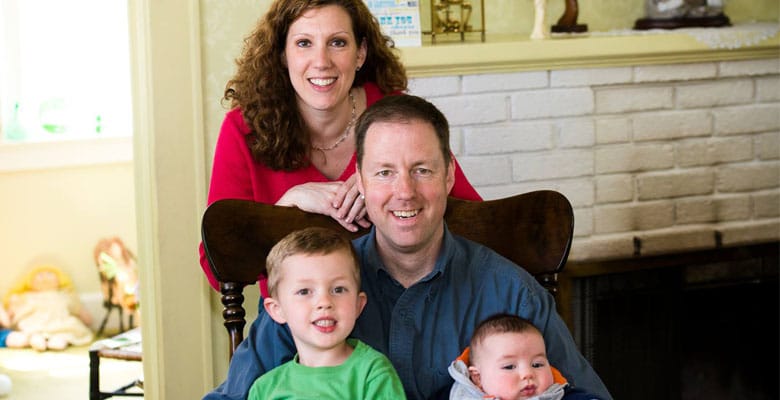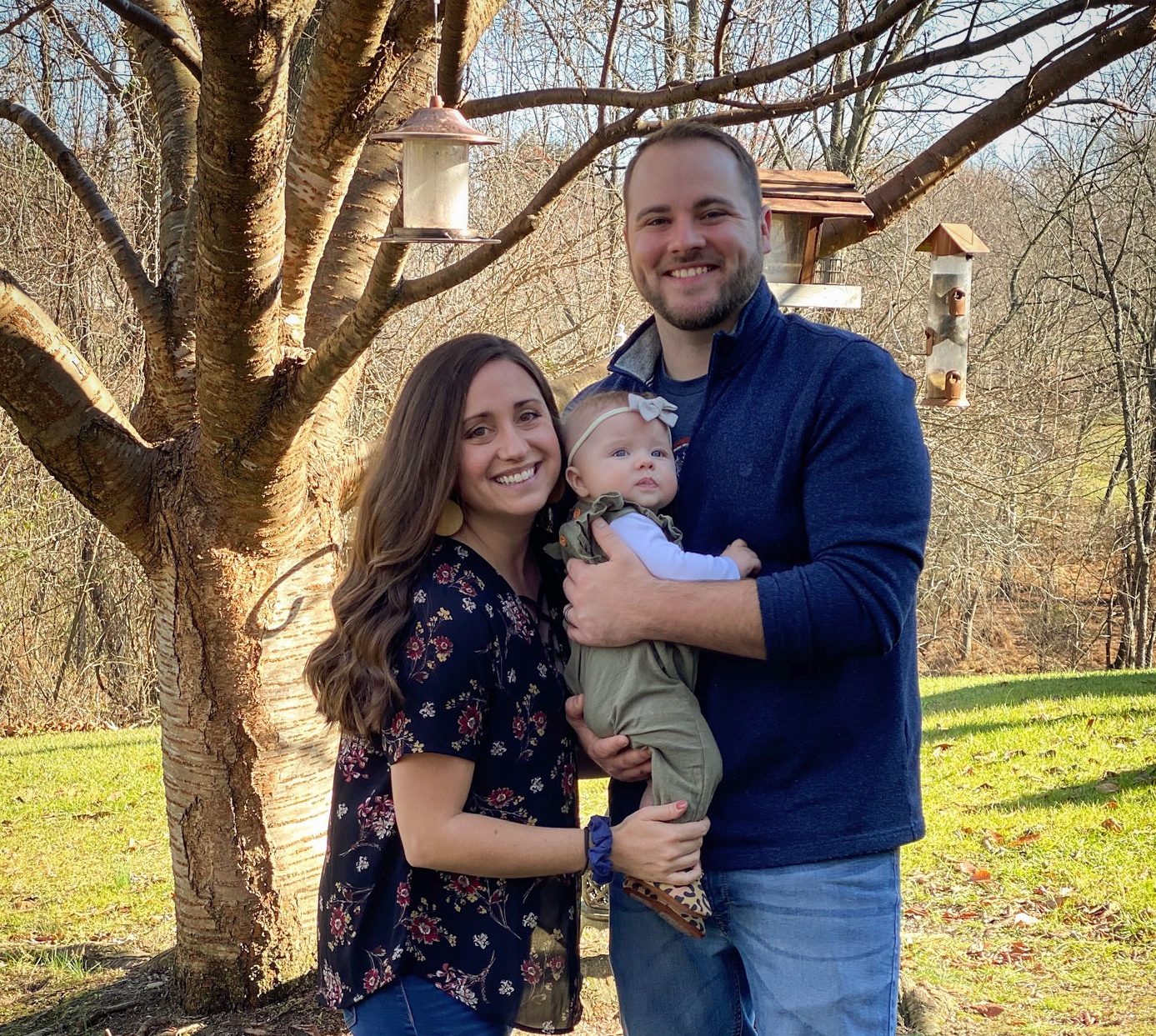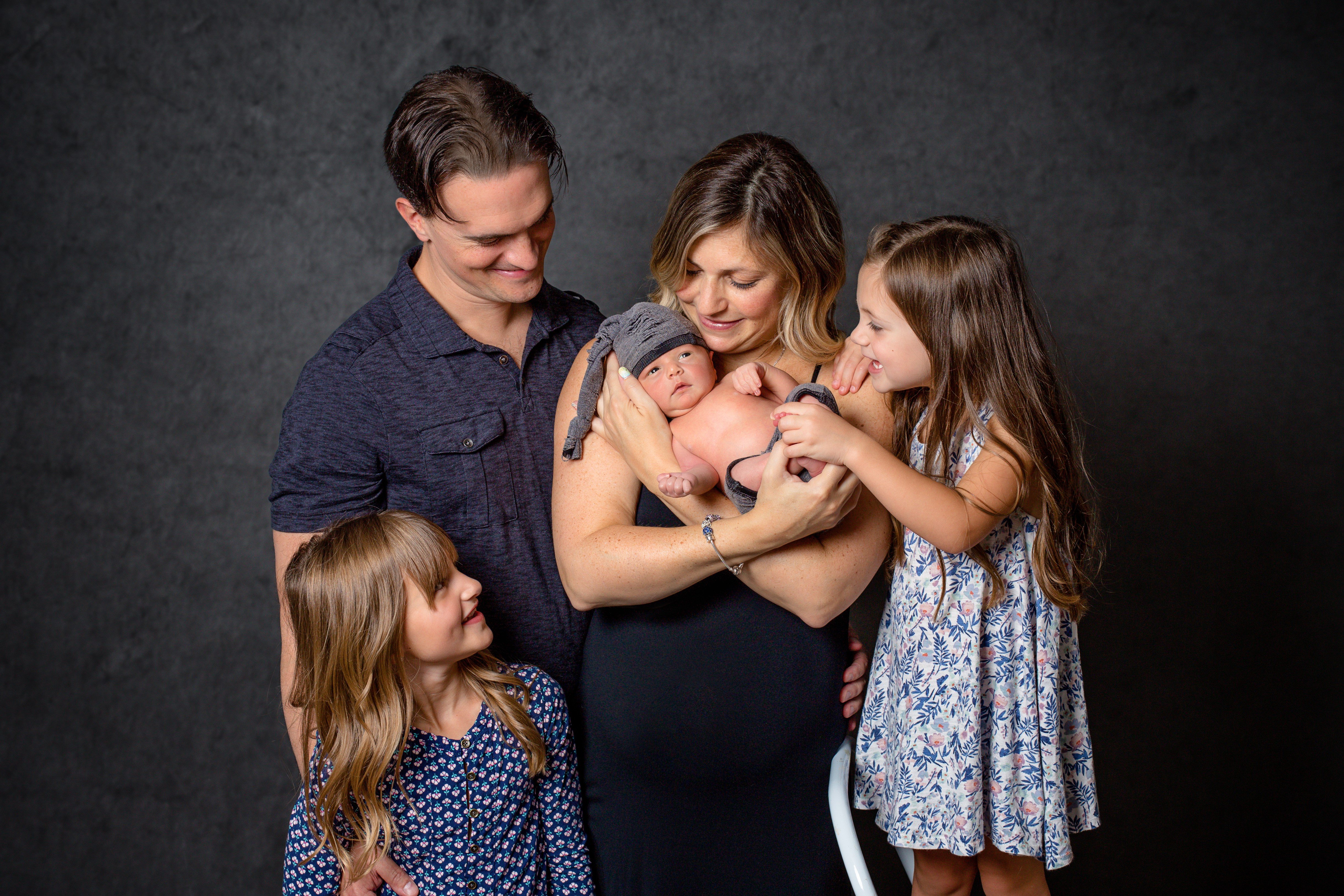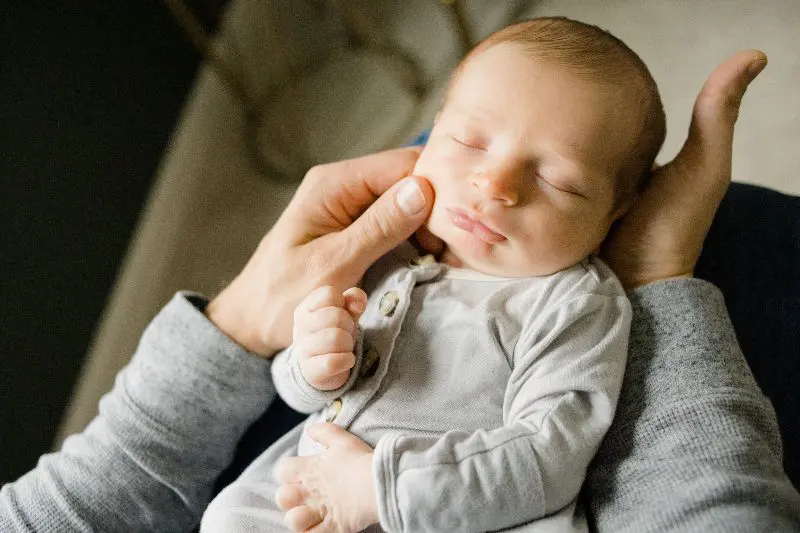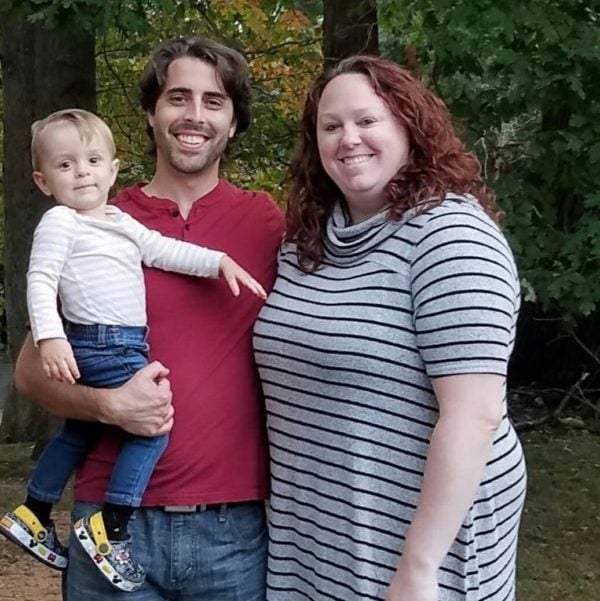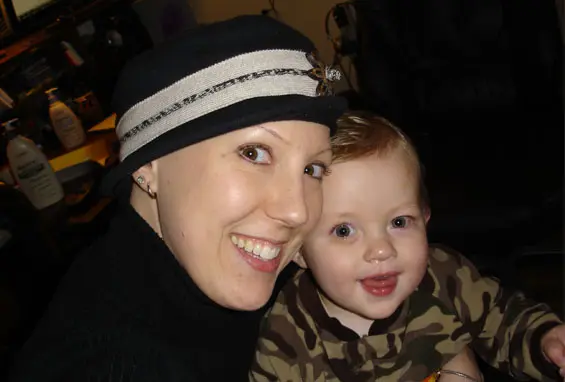
Patient Story
Mary & Jim
Premature Ovarian Failure
David S. Saffan, M.D.
Fairfax, Virginia
Frozen Embryo Transfer (FET)
In Vitro Fertilization (IVF)
Related Stories
Patient Story
Sara & Chad
Patient Story
Jackie & Mike
Patient Story
Lauren & James
Patient Story

